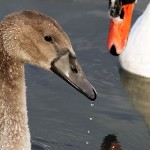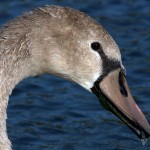Dateline – June 6, 2014
NOTE: This post is part of a continuing series of observations: [ First | << Prev | Next >> ]
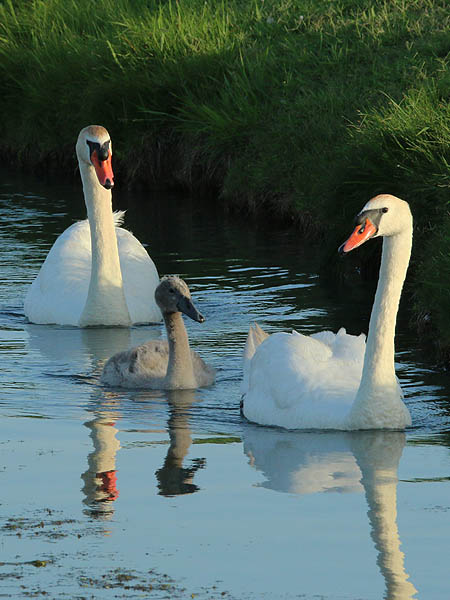
The Mute Swan cygnet continues to grow and there have been a number of subtle changes in his appearance. The young swan’s bill is becoming longer and his pin feathers are beginning to come in. These are exciting harbingers of important developmental stages yet to come!

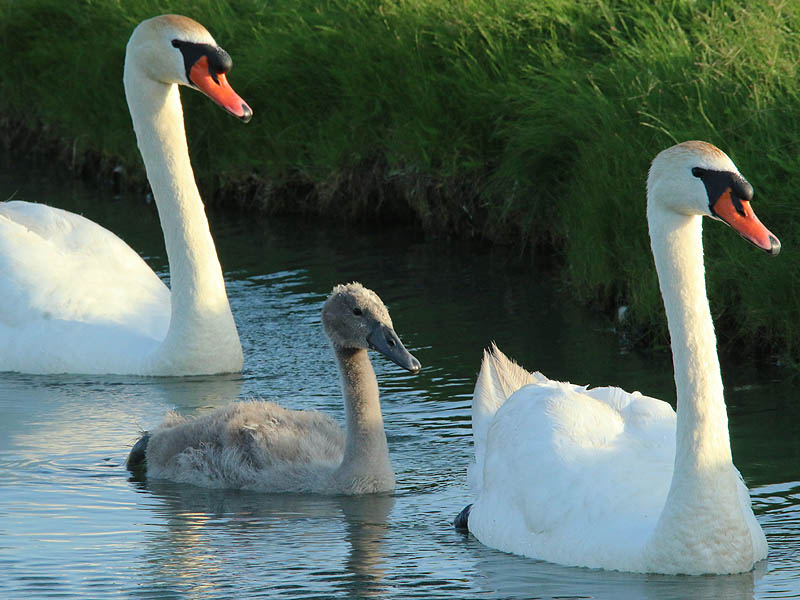
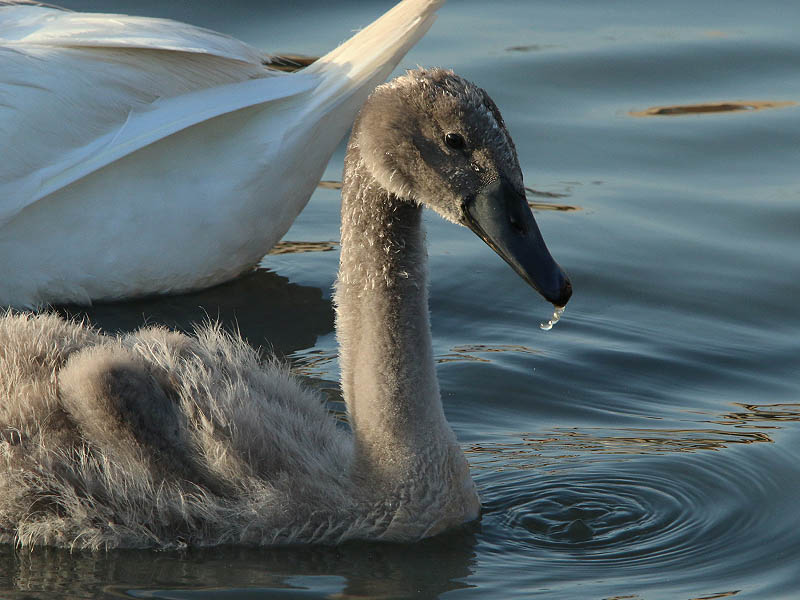
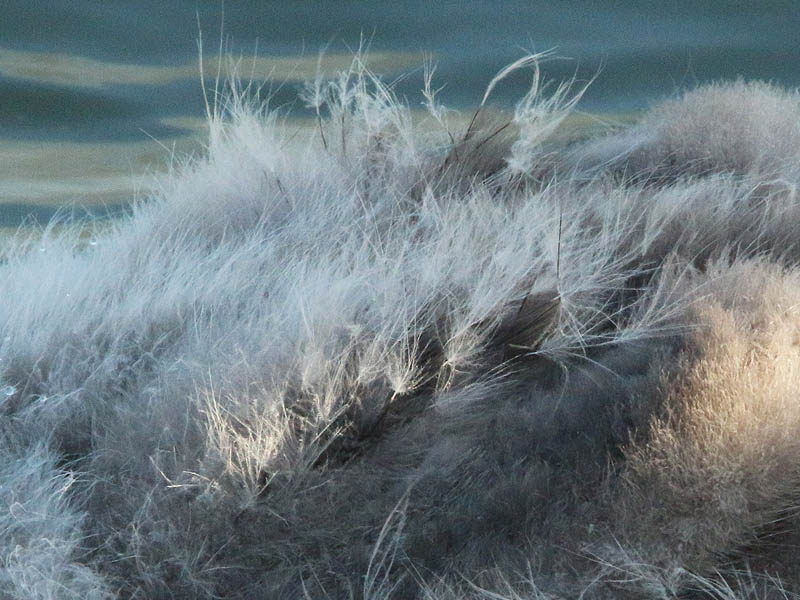
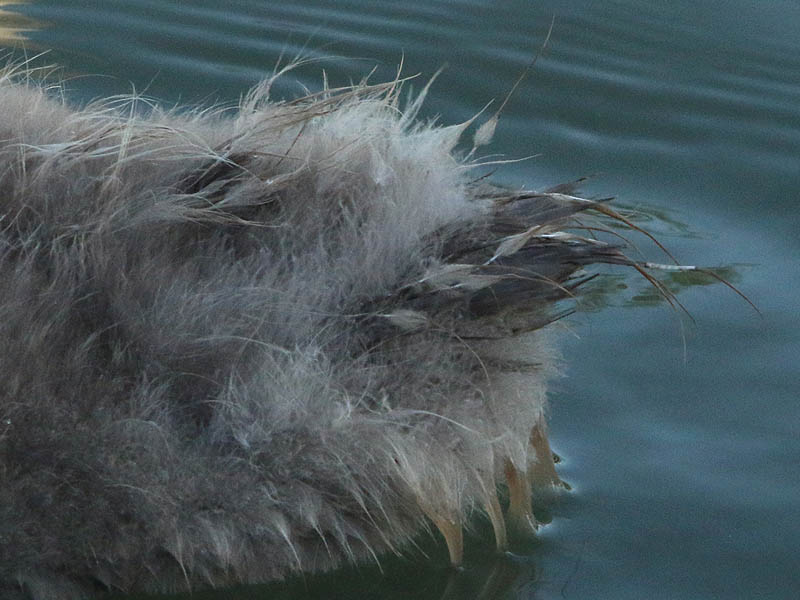
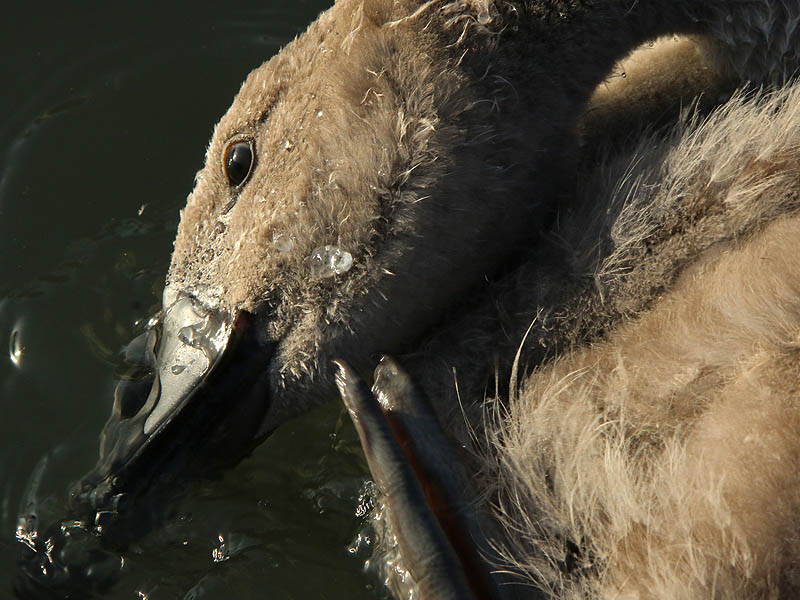

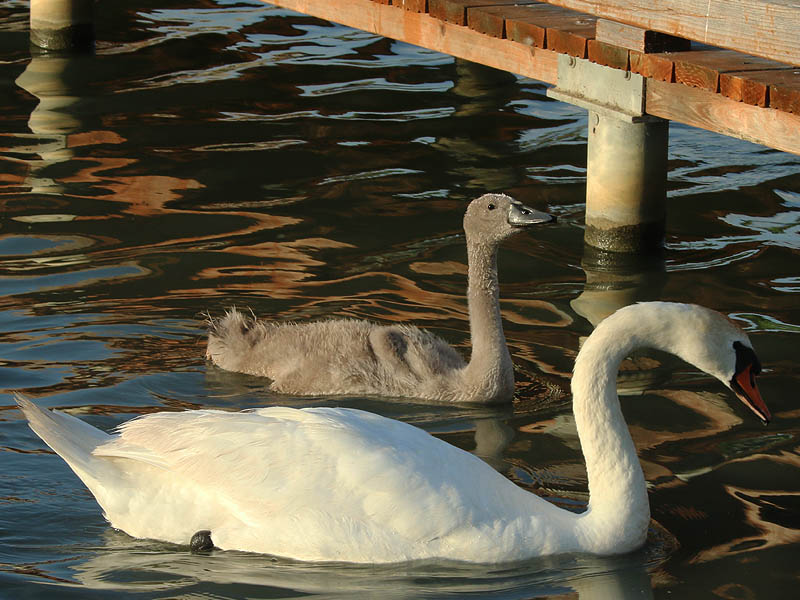
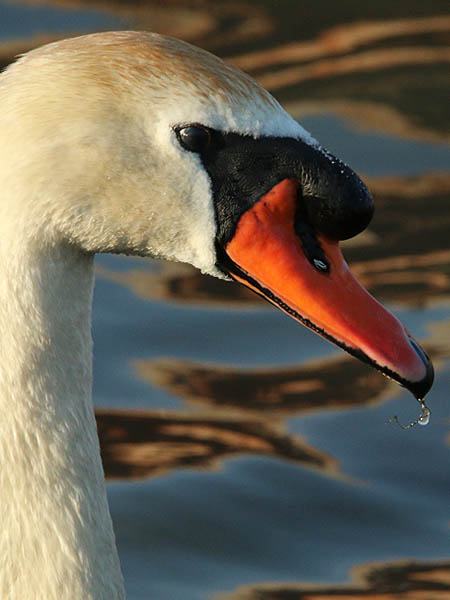
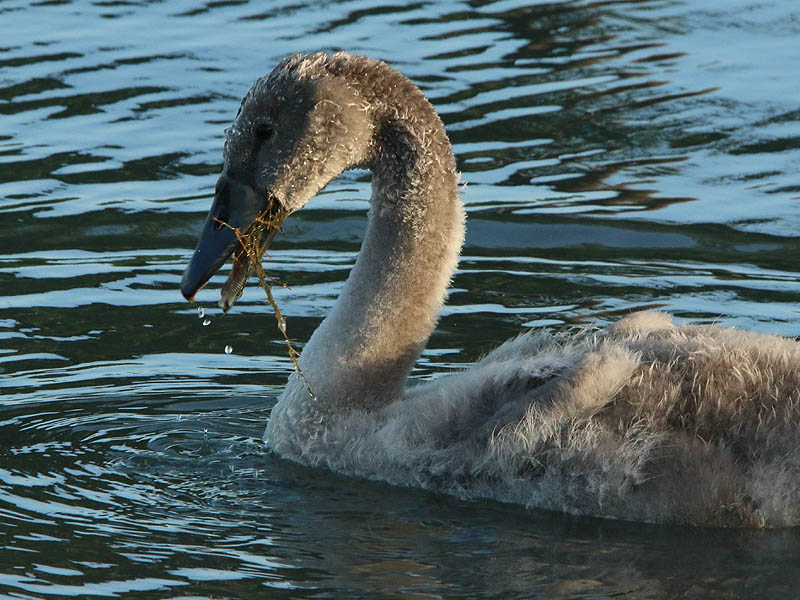
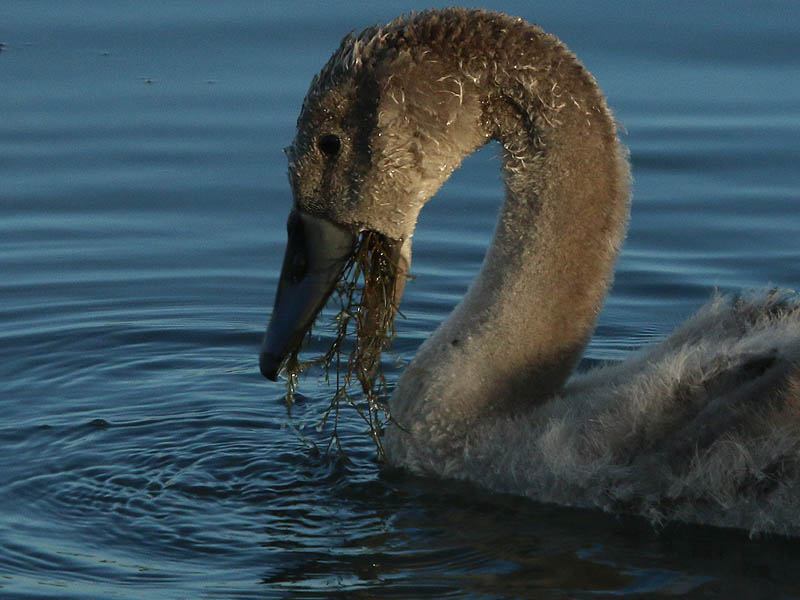
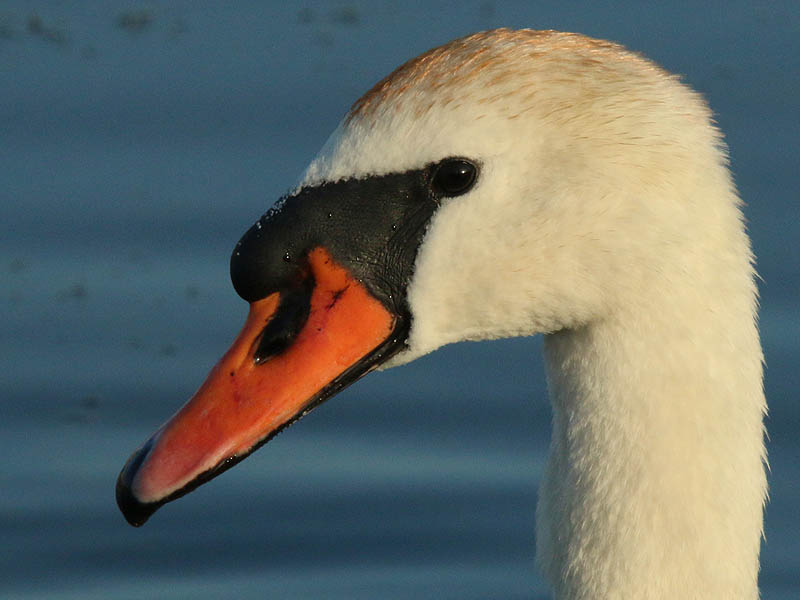
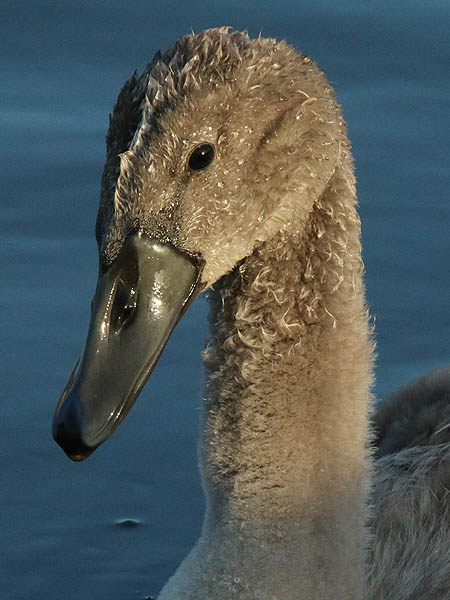
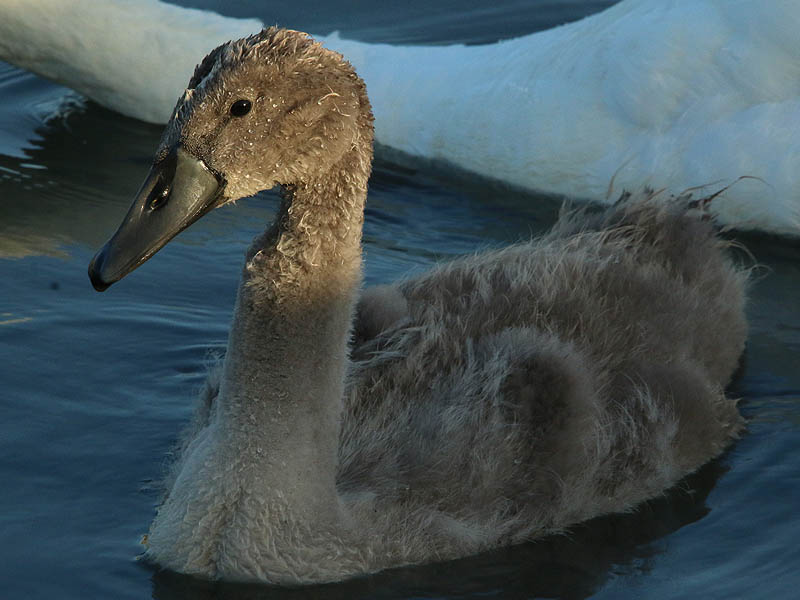
As those of you who have been keeping up with the swans already know, this brood started off with three young cygnets. We lost two of the three along the way, most likely to the lake’s resident alpha predator—the Common Snapping Turtle.
I’ve been noticing these turtles more and more lately. They move around the pond rarely. Instead, they preferred to remain concealed in the thick aquatic vegetation growing on the bottom of this small lake. There they stay hidden until some unwary prey animal happens by.
In the meanwhile, the turtles have to come up for air periodically, and that is when I usually see them. From their hiding places beneath the water, the turtle will extend their long necks until just their eyes and snout appear above the surface. There they take a quick breath or two before retreating back into the depths.
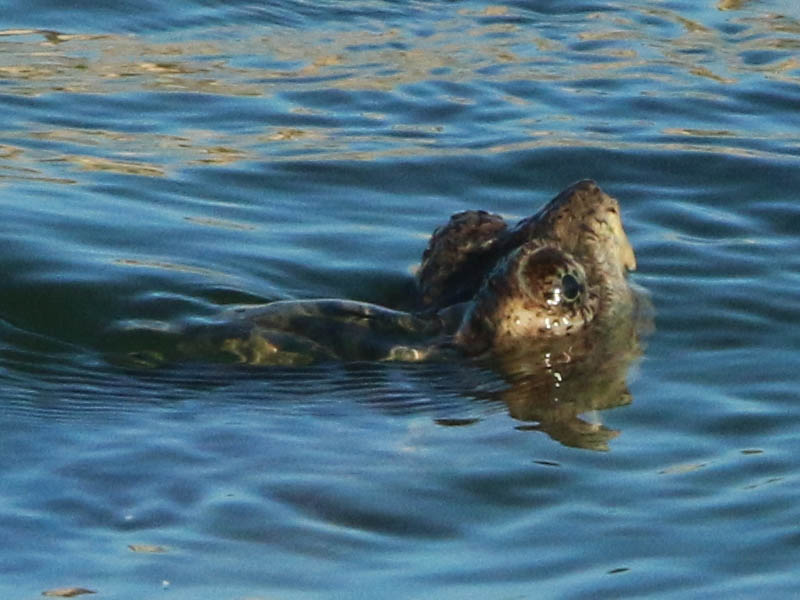
The swans are not the only birds at this lake to suffer losses to the snapping turtles. Mallards also lose many of their young to these sneaky hunters. Mallard are prodigious breeders because in the wild they lose many of their young to predators and mishaps. A normal clutch might consist of a dozen eggs. Very few of the ducklings that hatch will actually make it to adulthood. Life for a young Mallard is fraught with dangers.
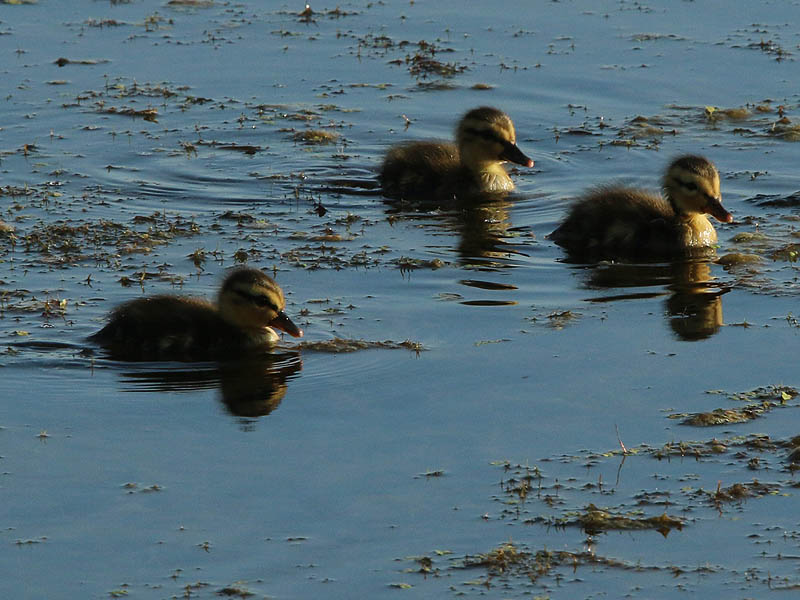
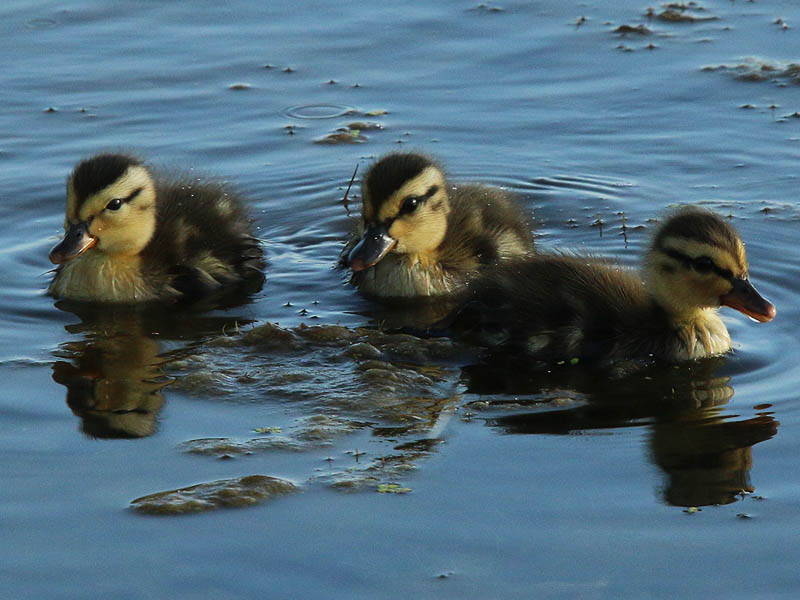
Another North Texas animal that produces many offspring in order to offset a high mortality rate is the intrepid Eastern Cottontail. There are many juvenile rabbits living near the marshy north end of the lake right now. They use the reeds as a safe haven and exit only briefly to feed on the green manicured lawn grass surrounding the pond. If they feel threatened in any way, it takes just a quick dash to return to the safety of the cattails.
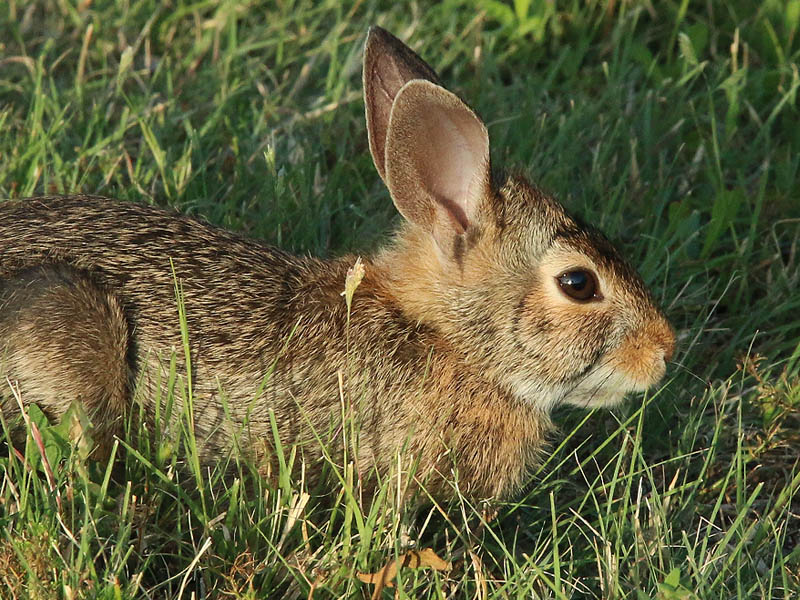
The reed beds have grown substantially over the course of the spring. They have become very tall and have filled in most of the open areas at this end of the lake. Many different species of birds rely on the habitat provided by this marshy area for food and safety.
Great-tailed Grackles congregate here in large numbers, and Great Egrets stalk unsuspecting fish along the margins of the reed bed and the main body of the lake.
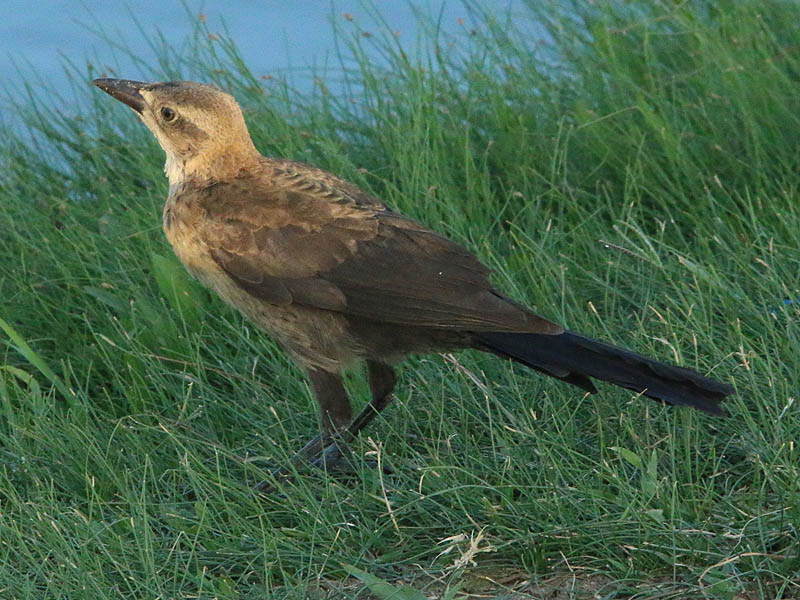

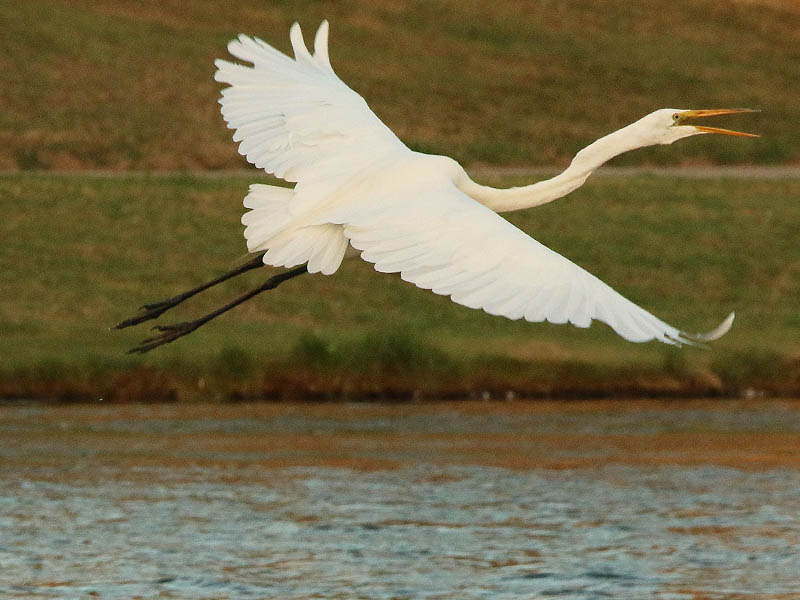
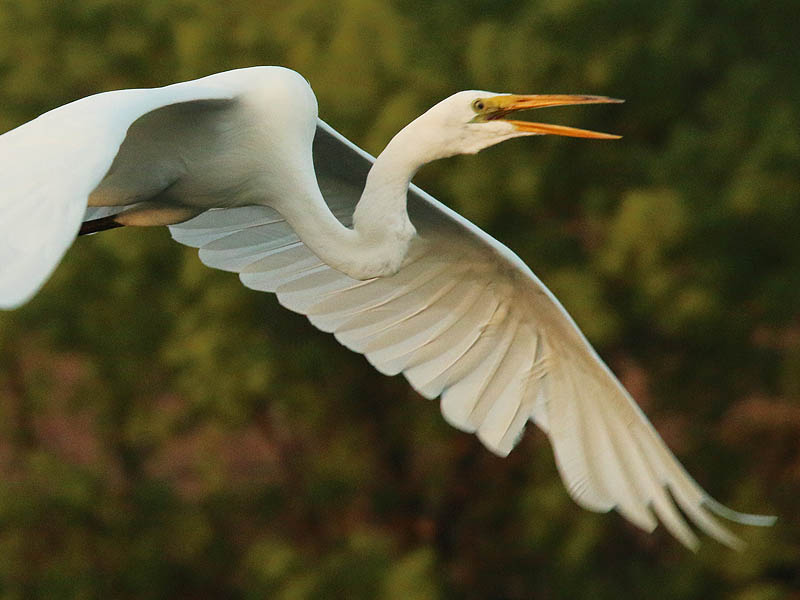
As the day draws to a close flocks of European Starlings come to the reed beds to roost for the night. Groups consisting of dozens of these birds can be seen making multiple passes over the cattails before they select just the right place to settle down.
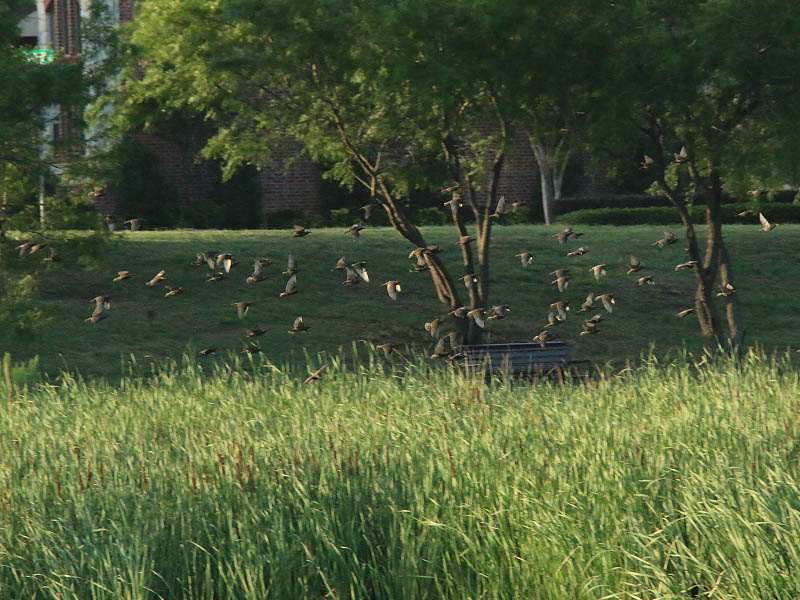

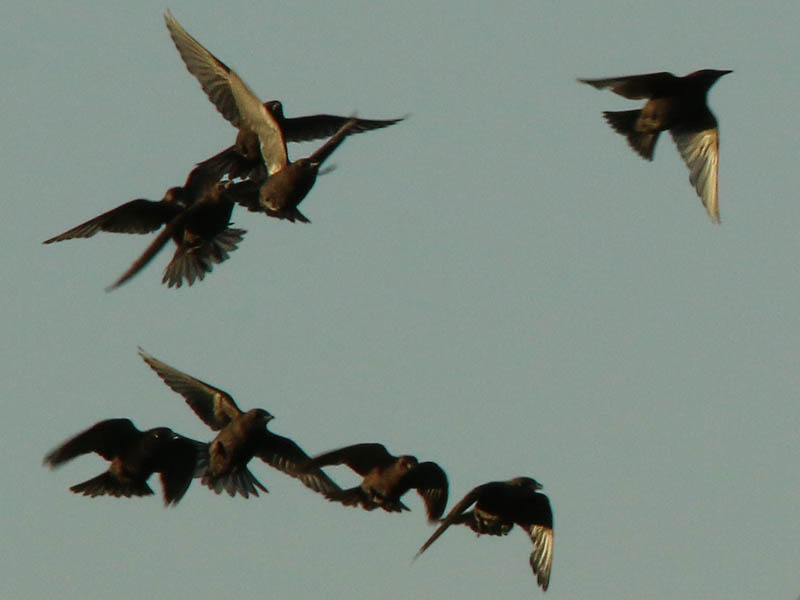
Snowy Egrets also hunt among these reeds. Their preferred prey are the small minnow-like fish that swim in the shallows.
When I first saw this Snowy Egret I thought that he was drinking water, but as I watched it became apparent that something else was going on. The egret was stirring the water in an attempt to lure a fish in closer. Whenever a fish fell for the trick the bird would lunge out and attempt to grab it.
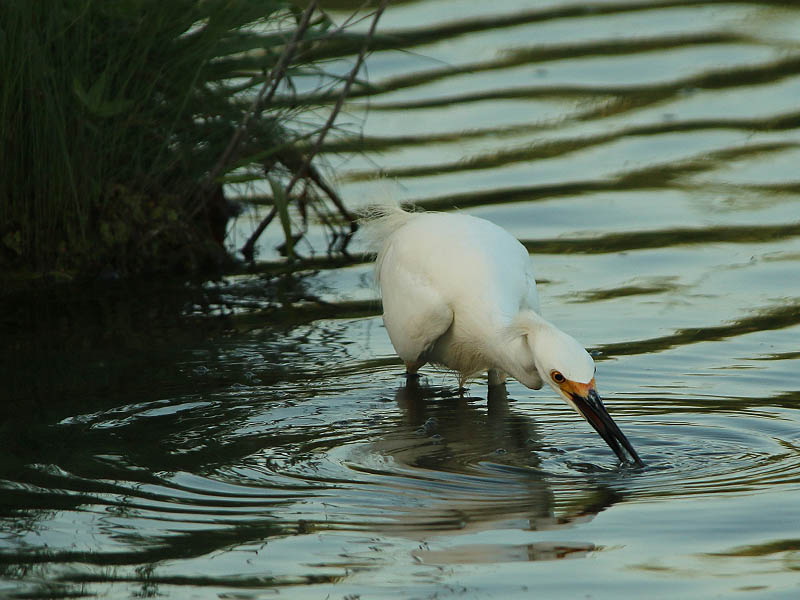
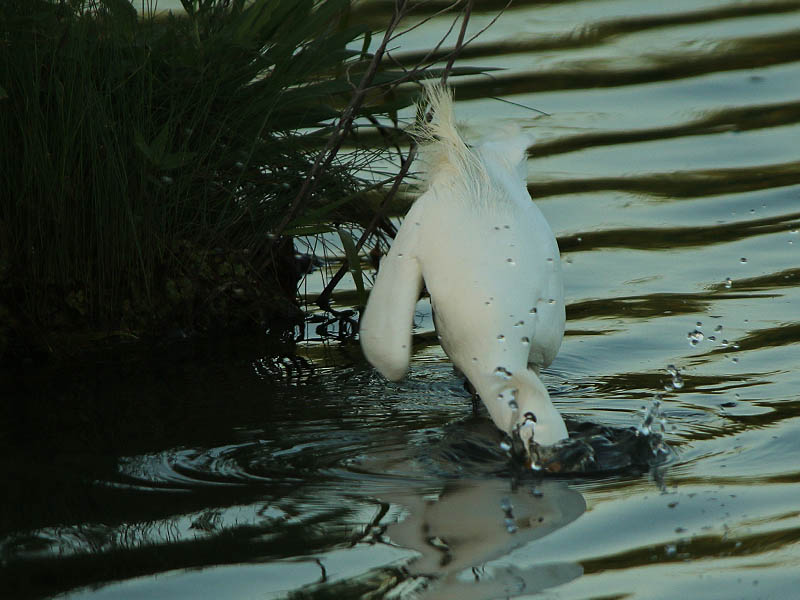
The Snowy Egret tried this technique a number of times while I was watching, but was never successful with it (as far as I could tell). A short time later he left and flew over to the far side of the lake, perhaps hoping for better luck there. Be sure and watch the video of this behavior included below:
I have also been following a Scissor-tailed Flycatcher nest located in this park with great interest recently. This week I can say for sure that there are at least three and maybe four hatchlings in this nest. Both adults appear to be providing care for the young, as is evidenced by the different tail lengths of the two birds that returned to the nest while I was observing.
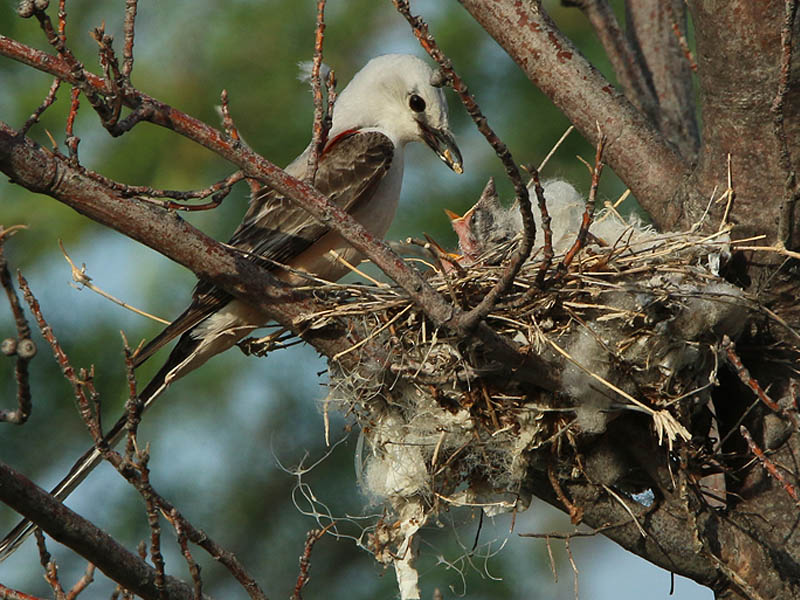

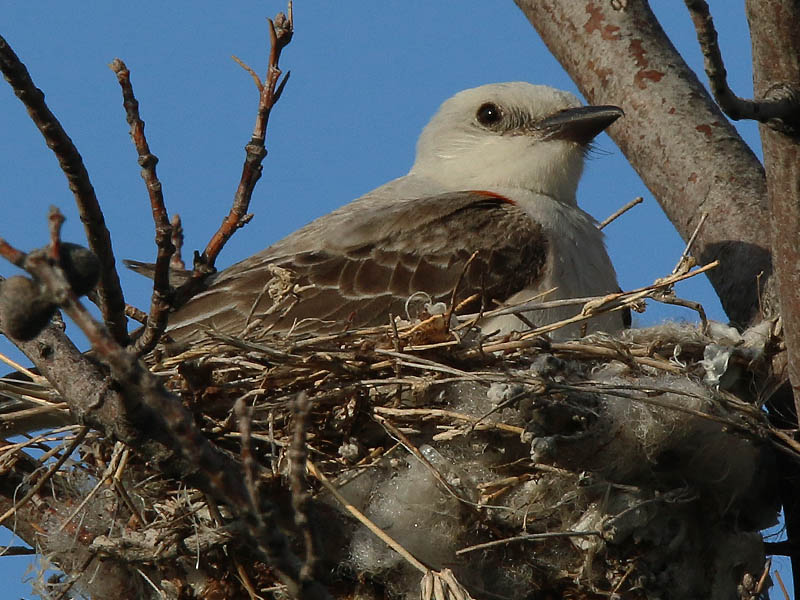
Finally, I have an update for you on the Mallard nest that was located in a treacherous spot in a nearby parking lot. The eggs from this nest were removed by a volunteer wildlife rehabilitator and then taken to a licensed facility where they were placed in an incubator.
Last week I was able to report that the first of the ten collected eggs had hatched. This week I can tell you that all ten of the recovered eggs have now hatched and that all of the young ducklings are doing very well. The pictures below were provided to me by a volunteer who works with the permitted wildlife rehabilitator.
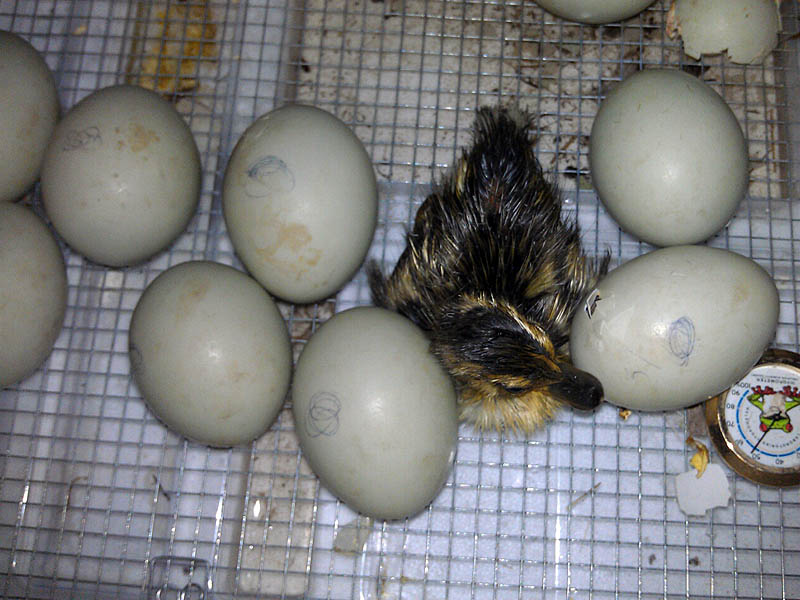

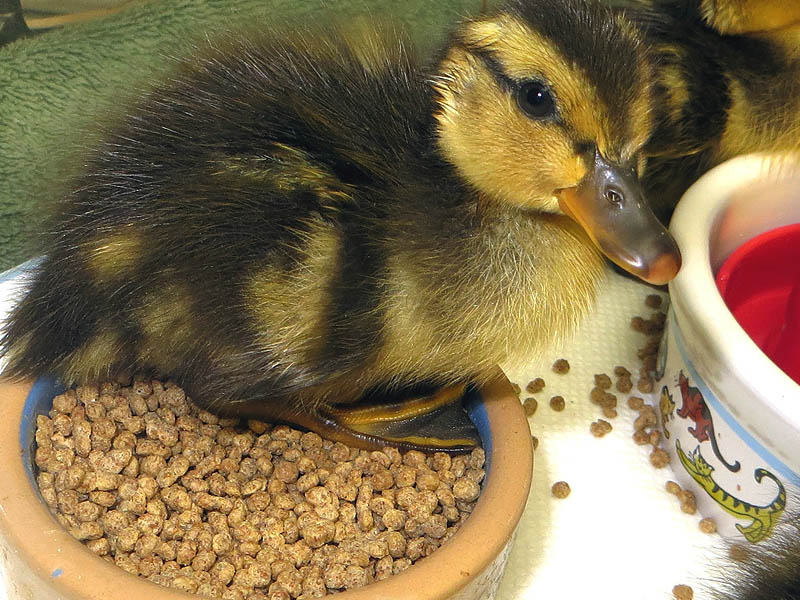
NOTE: This post is part of a continuing series of observations: [ First | << Prev | Next >> ]




